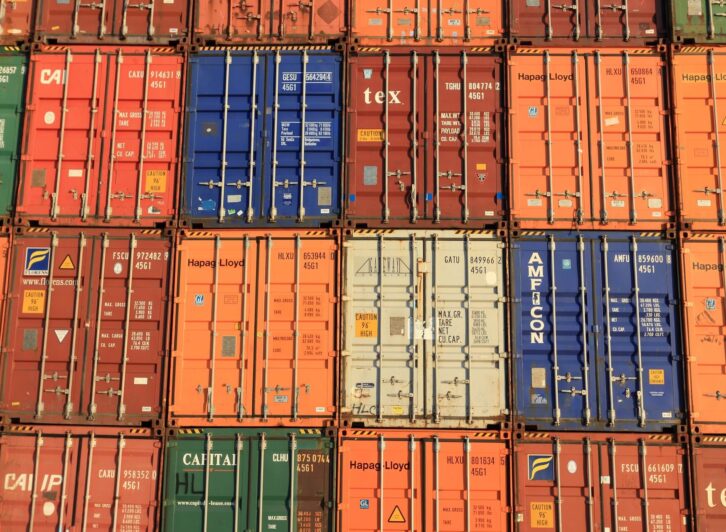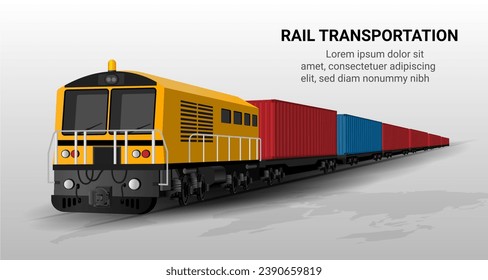- By Della tj
- September 19, 2025
- Sea Freight, Shipping
Managing sea freight China to Canada is crucial for importers handling bulk cargo. Shipping costs, container availability, and customs rules often fluctuate, making it essential to plan carefully. By understanding pricing, delivery times, and the right freight strategies, businesses can reduce expenses, avoid delays, and keep supply chains efficient.
What Determines Sea Freight China to Canada Costs?
Several elements directly influence pricing:
- Container type: 20GP, 40GP, and 40HQ have different rates.
- Origin port in China: Shanghai, Ningbo, Shenzhen, or Guangzhou.
- Destination in Canada: Vancouver, Toronto, or Montreal.
- Cargo type: Fragile, hazardous, or oversized goods require special handling.
- Seasonality: Q4 and pre-Chinese New Year push prices higher.
Moreover, inland trucking, port handling, and customs clearance fees impact the overall shipping cost.
How Much Does Sea Freight from China to Canada Cost in 2025?
| Container Size | Shanghai – Vancouver | Shenzhen – Toronto | Guangzhou – Montreal | Notes |
|---|---|---|---|---|
| 20GP | $1,900 – $2,300 | $2,200 – $2,600 | $2,300 – $2,700 | Cheapest on West Coast routes |
| 40GP | $3,100 – $3,600 | $3,500 – $4,000 | $3,600 – $4,200 | More cost-efficient per CBM |
| 40HQ | $3,300 – $3,900 | $3,700 – $4,300 | $3,800 – $4,400 | Preferred for high-volume shipments |
These baseline costs exclude customs duties, insurance, and local delivery fees.

Why Choose Sea Freight Instead of Air?
Although air freight is faster, sea freight is the most cost-effective for bulky and heavy cargo.
| Mode | Average Cost per KG | Transit Time | Advantages | Limitations |
|---|---|---|---|---|
| Sea Freight | $0.5 – $2.0 | 25–40 days | Cheapest for bulk shipments | Slower, risk of port congestion |
| Air Freight | $6 – $12 | 5–9 days | Fast, reliable for urgent cargo | High cost, limited weight capacity |
| Rail Freight | $2.5 – $4 | 20–30 days | Moderate speed and cost | Indirect via Europe, customs delays |
Sea freight remains the backbone of global trade due to its affordability.
Case Studies: Real Shipments from China to Canada
Case 1: Ningbo to Vancouver (Furniture)
- Cargo: 1 × 40HQ container, 28 tons.
- Mode: FCL.
- Cost: $3,400.
- Transit Time: 26 days.
Case 2: Shenzhen to Toronto (Electronics)
- Cargo: 2 × 20GP containers, 20 tons.
- Mode: FCL.
- Cost: $4,800.
- Transit Time: 32 days including inland trucking.
How Long Does Sea Freight from China to Canada Take?
| Origin Port | Destination Port | Average Transit Time | Remarks |
|---|---|---|---|
| Shanghai | Vancouver | 15–20 days | Fastest option via Pacific route |
| Ningbo | Vancouver | 18–22 days | Stable West Coast connection |
| Shenzhen | Toronto | 28–34 days | Requires transshipment + rail/trucking |
| Guangzhou | Montreal | 30–40 days | Indirect, extended route |
Transit time is affected by weather, port congestion, and customs clearance speed.
Should Importers Choose FCL or LCL?
| Mode | Best For | Cost Efficiency | Handling Risk | Clearance Time |
|---|---|---|---|---|
| FCL | Large shipments | High | Lower | Faster |
| LCL | Small consignments | Moderate | Higher | Slower |
FCL reduces risk and per-unit cost, while LCL offers flexibility for smaller businesses.
What Customs Documents Are Required for Sea Freight?
| Document | Purpose |
|---|---|
| Commercial Invoice | Declares cargo value for customs clearance |
| Packing List | Lists cargo details and weights |
| Bill of Lading | Serves as transport contract with carrier |
| Certificate of Origin | Proves where goods were manufactured |
| Import License | Required for restricted items |
| Insurance Certificate | Provides coverage against cargo damage |
Accurate documentation prevents clearance delays and storage charges.

How Can Importers Lower Sea Freight Costs?
Effective strategies include:
- Booking early: Secure lower rates before peak season.
- Consolidating cargo: Share container space to cut costs.
- Negotiating with forwarders: Use forwarders with bulk contracts.
- Choosing flexible ports: Alternate ports may offer cheaper rates.
Planning shipments outside peak season further reduces expenses.
Do Canadian Import Regulations Affect Sea Freight Costs?
Importers must follow Canadian Border Services Agency (CBSA) rules, which include:
- Paying applicable duties and GST.
- Complying with product-specific permits.
- Providing accurate Harmonized System (HS) codes.
Delays in compliance increase storage and handling fees, raising overall costs.
What Trends Will Impact Sea Freight China to Canada?
Future logistics will be influenced by:
- Green shipping initiatives: Carriers adding low-emission vessels.
- Digital booking systems: Real-time tracking and transparent rate comparison.
- Port automation: Faster turnaround at Vancouver and Montreal.
- Shifts in demand: E-commerce growth driving container volume increases.
Adaptation to these changes ensures long-term competitiveness.
Conclusion
The sea freight China to Canada trade lane remains vital for bulk imports due to its cost efficiency. Although slower than air freight, sea freight allows businesses to ship large volumes at competitive rates. In conclusion, importers who plan shipments strategically, prepare proper documentation, and partner with reliable freight forwarders will minimize costs and ensure smooth logistics operations.
- Consult TJ China Freight Forwarding for the lowest quote. They will provide you with reliable, cost-effective service.
FAQs
Q1.How can companies reduce sea freight China to Canada costs effectively?
Importers can cut expenses by consolidating shipments, booking outside peak seasons, and negotiating directly with experienced freight forwarders.
Q2.Which Canadian ports are best for importing goods from China?
Vancouver handles most West Coast cargo, while Toronto and Montreal are strong inland and East Coast gateways for distribution.
Q3.What is the typical delivery time for sea freight to Toronto from China?
Average transit time is 28 to 34 days, including transshipment and domestic rail or truck delivery to Toronto.
Q4.How do customs documents affect freight costs in Canada?
Incorrect or missing paperwork creates clearance delays, which lead to higher storage and demurrage charges at Canadian ports.
Q5.What type of cargo is most suitable for LCL shipping from China?
Small-volume goods under 15 CBM, including apparel, accessories, and household items, benefit from cost-sharing through LCL.




